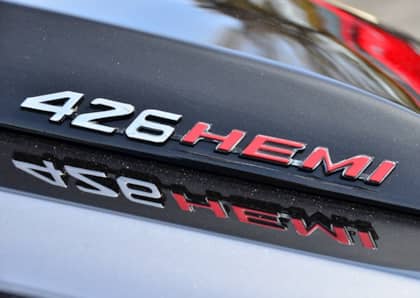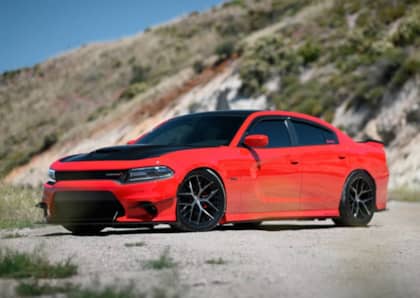"That Thing Got a Hemi?" Looking Back at Mopar's Game-Changing 5.7L V8 20 Years Later
“That thing got a Hemi?” If you were around in the early 2000s, you probably remember the phrase, which appeared frequently in Dodge commercials and soon among people on the street as they imitated the slogan that helped let people know that Mopar was back.
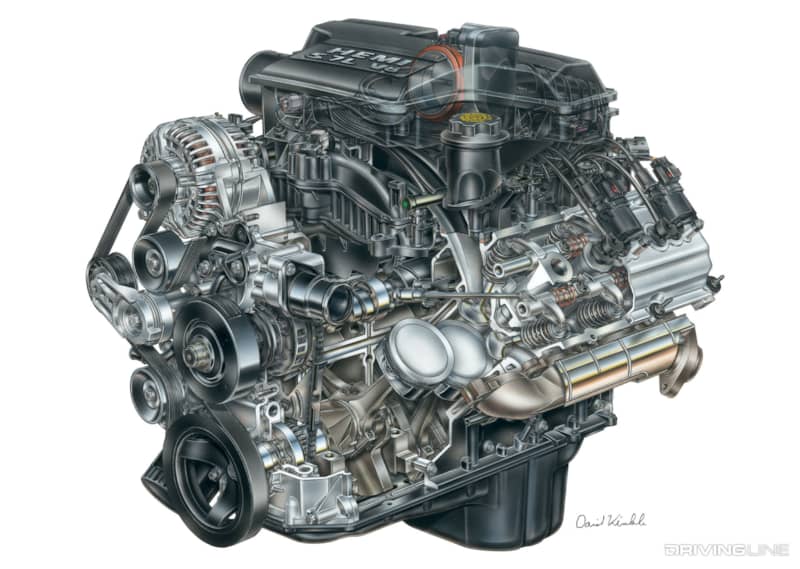
And in this age of Dodge and its fellow Stellantis brands being widely associated with big displacement, big V8s from Dodge Demons to Jeep Trackhawks and the Ram TRX, we thought we’d take a trip back in time almost 20 years to look back at the engine that got it all started.
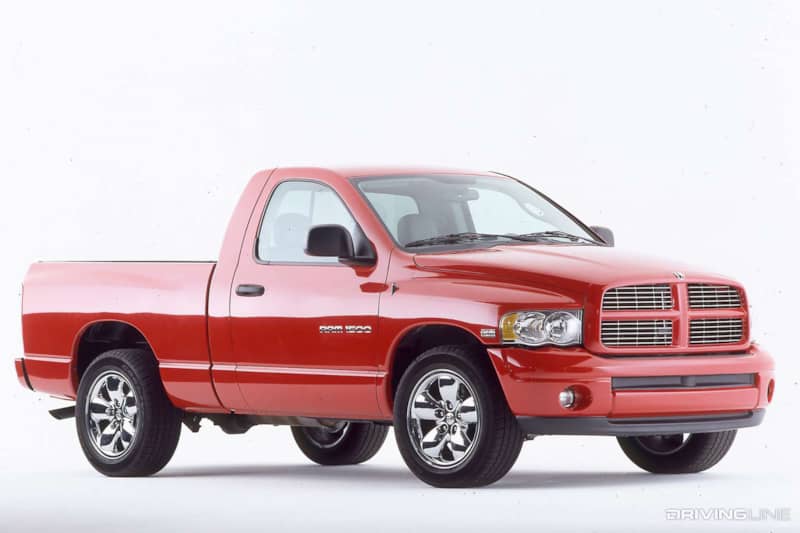
A New Hemi V8 is Born
That engine would be the original 5.7 liter “345 cubic inch” Gen III Hemi V8 that first debuted in the Ram pickup truck for the 2003 model year. And it was the start of something big.
In the 1990s and early 2000s most half-ton Dodge pickups were powered by either the aging Magnum small blocks that went back to the ‘60s or the capable, but small 4.7 liter V8.
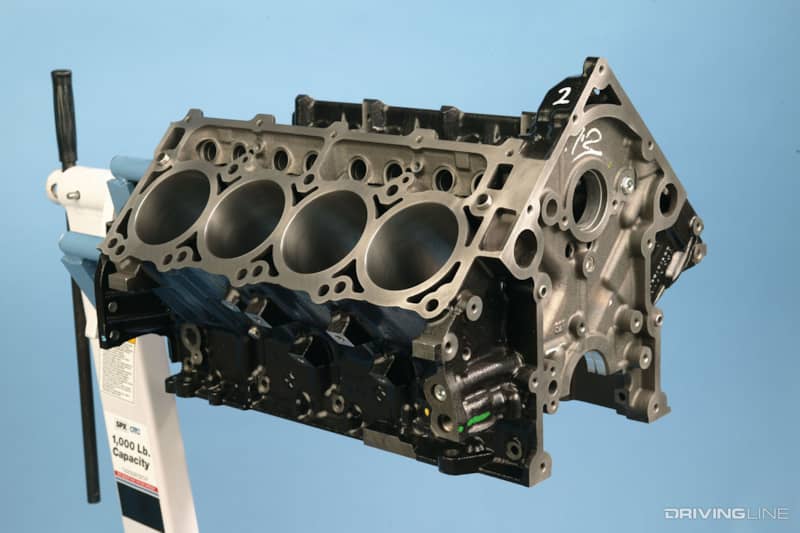
And with truck buyers looking for ever-more performance and capability from their half-tons, Chrysler introduced an all-new V8 that borrowed engineering and branding from its iconic engines of the muscle car era (and earlier). The Hemi.
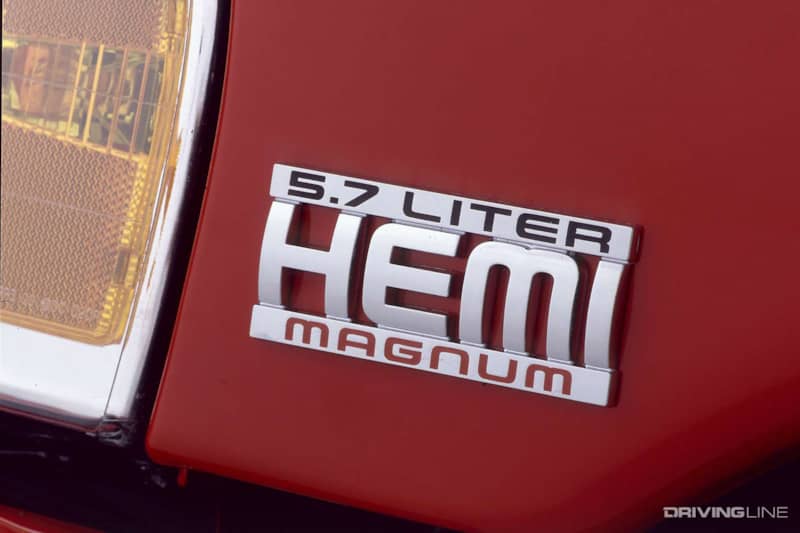
Displacing a relatively modest 5.7 liters, the new third-gen Hemi used an iron block, aluminum heads and used a traditional overhead-valve design rather than the overhead cam design Ford had switched to.
Return of a Legend
There was controversy among purists almost immediately, because the new “Hemi’s” combustion chambers weren’t perfectly spherical like the old ones. But its numbers passed the test.
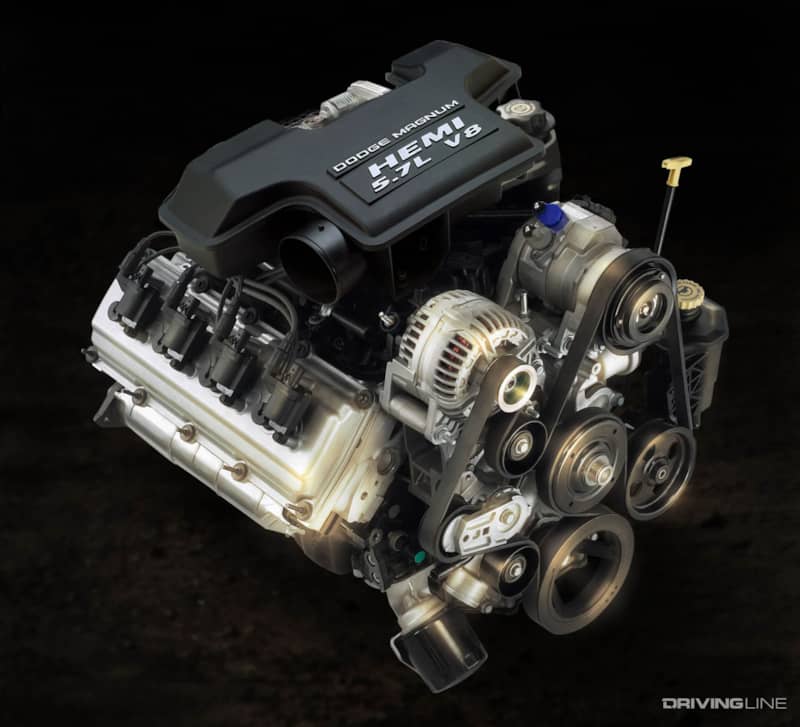
At 345 horsepower 375 pound feet of torque, the new 5.7 was one of the most powerful engine you could get in a pickup truck and it also delivered excellent fuel economy for its performance.
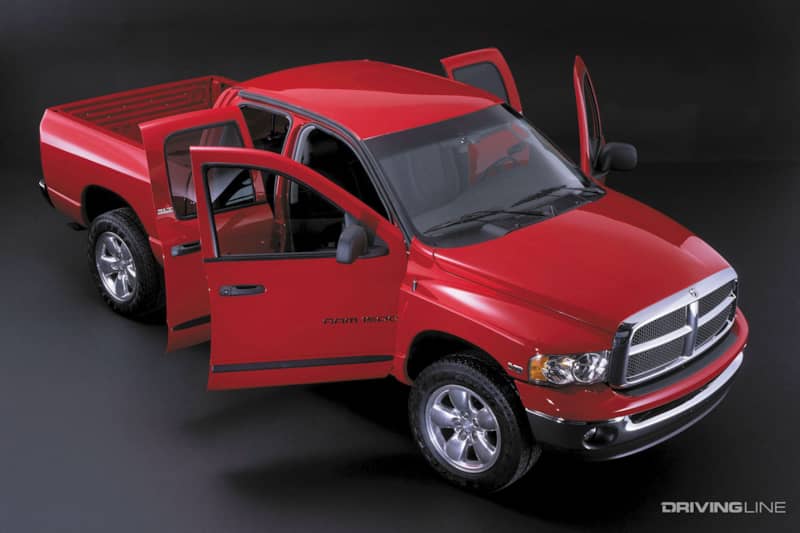
But it wasn’t just pickup trucks where the reborn Hemi found a home. The 5.7 was also the flagship powerplant in the groundbreaking Chrysler 300C in 2005, and it also brought Dodge back into the muscle car game with the Charger, Magnum and later the Challenger R/T.
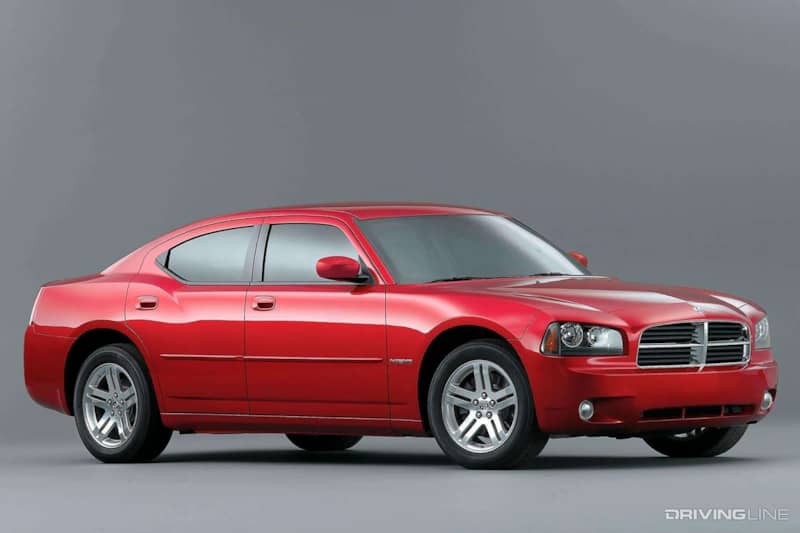
Hemi Fever
While there will always be arguments over whether the Gen III motors are “true Hemis” the marketing push worked extremely well. There was a bit of Hemi fever in the mid 2000s, with the aforementioned commercials and even a “What can you Hemi?” contest that resulted in such wild contraptions as a Hemi-powered big wheel toy and a Hemi-powered BBQ grill.
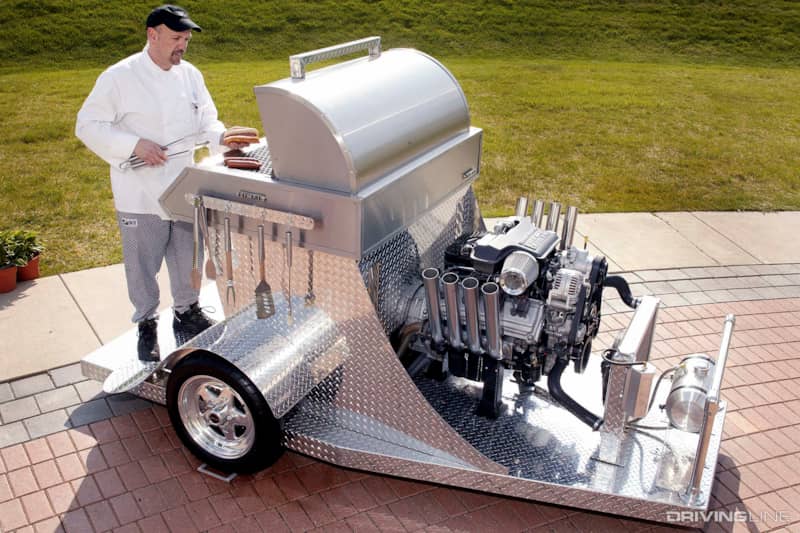
More than that though, the 5.7 Hemi represented the start of a new era of performance for Dodge, Chrysler and Jeep. A couple years later the larger 6.1 Hemi debuted, followed by mechanical updates to the original 5.7 and then the new 6.4 “392” and 6.2 liter supercharged Hellcat versions in the 2010s.
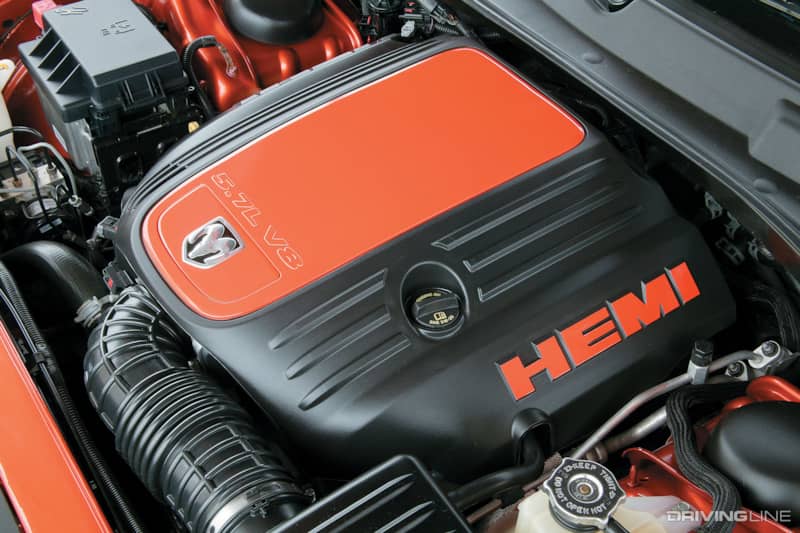
With the exception of the Viper, Chrysler and Dodge had basically been out of the rear-drive performance car market since the 1970s, and these new Hemi-powered sedans and coupes helped build a niche that they still hold with the Scat Packs and Hellcats of today.
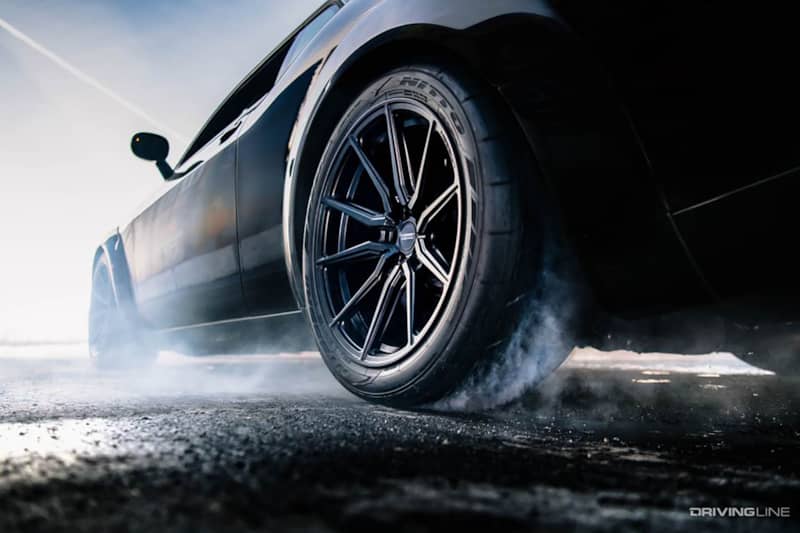
In fact, with all three of America’s big automakers either heavily reducing or discontinuing their sedan lineups altogether, the rear-drive, V8-powered 300C and Charger are now some of the last American sedans you can buy today.
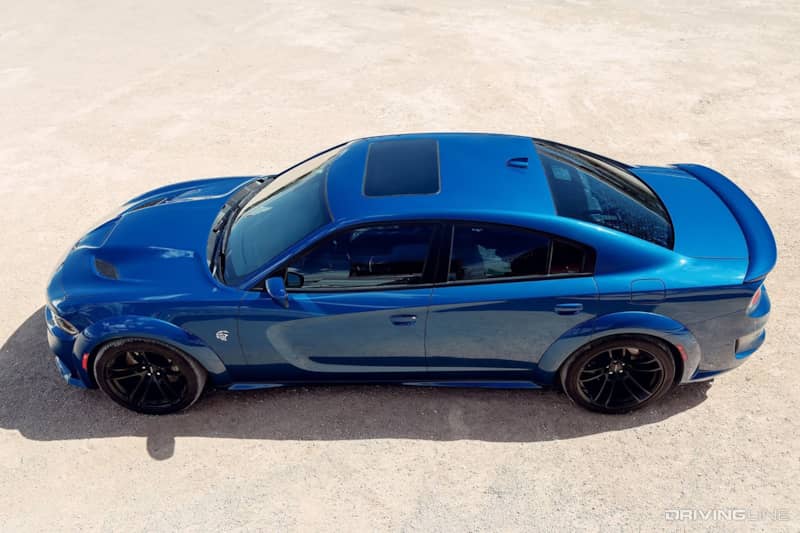
What's Next?
Likewise, the reborn Hemi V8 has also helped Dodge - and now Ram trucks remain some of the best performing and most popular half-ton pickups you can buy - right up to insane supercharged Ram TRX.
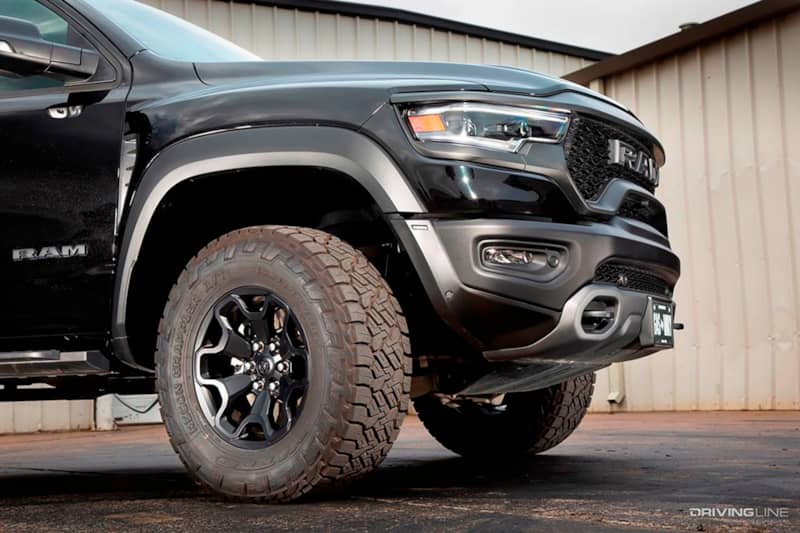
Today, almost exactly 20 years after the first 5.7 Hemis began rolling out of the factory - the future of these V8s is unclear. In fact, Stellantis has already started rolling out the new “Hurricane” twin turbocharged inline-six that’s been designed as a more efficient replacement for the big V8.
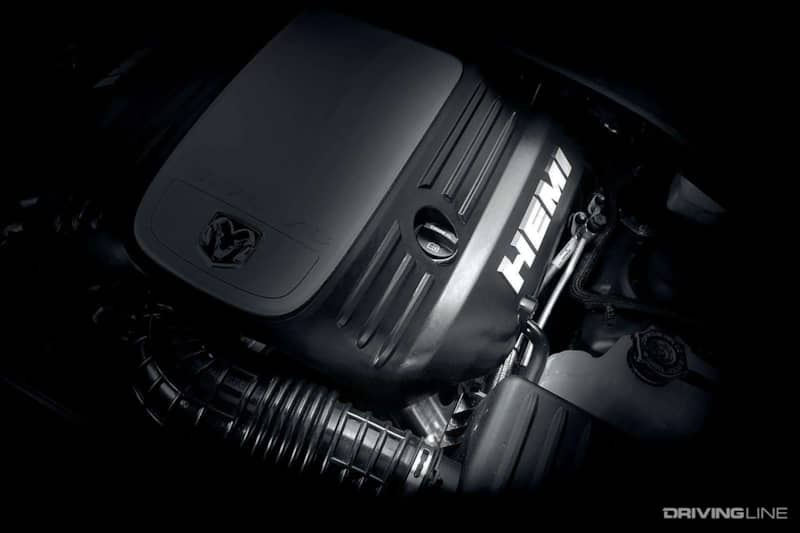
That, combined with the ever-stronger push for electrification make it hard to predict what’s next for the Hemi V8 - but the current version of the iconic engine has already left a huge mark on the history of the American auto industry. And its millions of loyal fans won’t soon forget that.
More From Driving Line
- Want to know more about the engine designed to replace the Hemi? Here's a closer look at the new Hurricane twin turbo I6.




